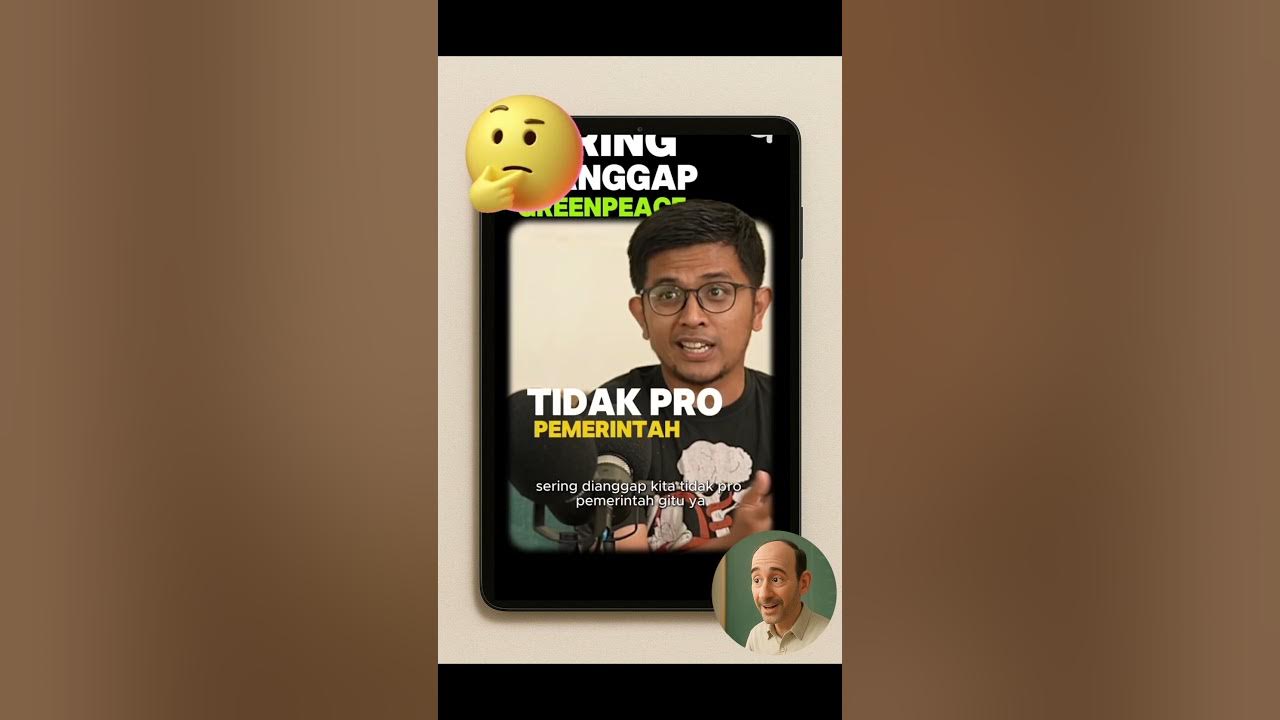3 problems with sustainable fashion | Mary Ruppert-Stroescu | TEDxStLouisWomen
Summary
TLDRIn a compelling discussion on the fashion industry, the speaker explores the paradox of its environmental impact versus its economic and personal benefits. Highlighting the complexities of textile waste, the speaker shares innovative solutions like using filters to reduce microplastic pollution and turning invasive species into leather. The talk emphasizes the importance of a circular economy and encourages viewers to reconsider their fashion choices, illustrating how sustainable practices can lead to creative and ethical solutions. The message concludes with a call to action for mindful consumption and appreciation of the life cycle of clothing.
Takeaways
- 😀 Fashion items can have a long lifespan, as demonstrated by a jacket made in 1890 that outlived its original owner by three generations.
- 🌍 The fashion industry is a major contributor to environmental issues, producing 93 million pounds of textile waste and being the top industrial polluter of freshwater.
- 💡 Fashion also has positive aspects, such as boosting self-expression, improving health, and driving economic growth by employing millions in various sectors.
- 🔄 The concept of 'wicked problems' highlights the complexity of fashion's impact on the environment and society, where solutions often create new problems.
- 😟 The overwhelming nature of these issues can lead to feelings of helplessness, but individual actions can still make a difference.
- ✨ Embracing creativity by refraining from purchasing new clothes for a period can provide new perspectives on existing wardrobe items.
- 🧵 The circular economy offers a solution to textile waste, emphasizing the importance of reusing and repurposing clothing.
- 🐟 Innovative solutions include using invasive species, like carp, to create leather alternatives, reducing waste and protecting ecosystems.
- ♻️ Textile repurposing technologies can help reduce waste and promote sustainable garment design.
- 📅 The call to action encourages critical thinking about our clothing consumption and disposal practices to foster a more sustainable future.
Q & A
What is the significance of the jacket mentioned at the beginning of the transcript?
-The jacket, made in 1890, symbolizes the craftsmanship and longevity of clothing, highlighting the contrast between past and present consumption practices.
What alarming statistic is presented regarding textile waste?
-The United Nations reported that 93 million pounds of textile waste were generated in one year, emphasizing the environmental impact of the fashion industry.
How does the fashion industry serve as a 'wicked paradox'?
-While the fashion industry contributes to environmental pollution, it also plays a crucial role in personal expression and is a significant economic driver, employing millions.
What are 'wicked problems' as described in the transcript?
-'Wicked problems' are complex issues that are cross-cutting and relentless, where solutions to one problem may inadvertently create others.
What personal action does the speaker take to address fashion waste?
-The speaker commits to not consuming new fashion items for at least ten weeks each year, which encourages creativity and a new perspective on existing wardrobe items.
What issue arises from donating unwanted clothing to secondhand stores?
-Up to 80% of donated clothing cannot be sold locally and is often shipped to developing countries, creating economic burdens in those regions.
What is the concept of the circular economy in relation to fashion?
-The circular economy promotes the continuous use and repurposing of clothing, aiming to minimize waste and extend the lifecycle of textile products.
How does vegan leather contribute to environmental problems?
-Most vegan leather is plastic-based, which can contribute to landfill waste for over 200 years, losing many of the natural qualities associated with traditional leather.
What innovative solution is proposed for utilizing invasive species in fashion?
-The speaker discusses using the skin of invasive carp to create leather products, which helps protect native species and restores biodiversity.
What final message does the speaker convey regarding fashion consumption?
-The speaker urges the audience to think critically about their fashion choices, invest in innovative solutions, and consider the lifecycle of their clothing to promote sustainability.
Outlines

This section is available to paid users only. Please upgrade to access this part.
Upgrade NowMindmap

This section is available to paid users only. Please upgrade to access this part.
Upgrade NowKeywords

This section is available to paid users only. Please upgrade to access this part.
Upgrade NowHighlights

This section is available to paid users only. Please upgrade to access this part.
Upgrade NowTranscripts

This section is available to paid users only. Please upgrade to access this part.
Upgrade NowBrowse More Related Video

3 creative ways to fix fashion's waste problem | Amit Kalra

Como a Moda Mudou o Mundo: A Revolução Industrial e Como O Consumo e a Produção se Transformaram

How I Choose My Daily Look For My Marketing Job in Luxury Fashion....

@TUGU_belajar "Sawit vs Hutan: Mana yang Lebih Kita Butuhkan?"

Fadhli Suko Wiryanto, S.Pd., M.Si CDIF | Pertemuan 11 - Ekonomi Industri Halal | HALAL FASHION

3 min de pure Jancovici
5.0 / 5 (0 votes)